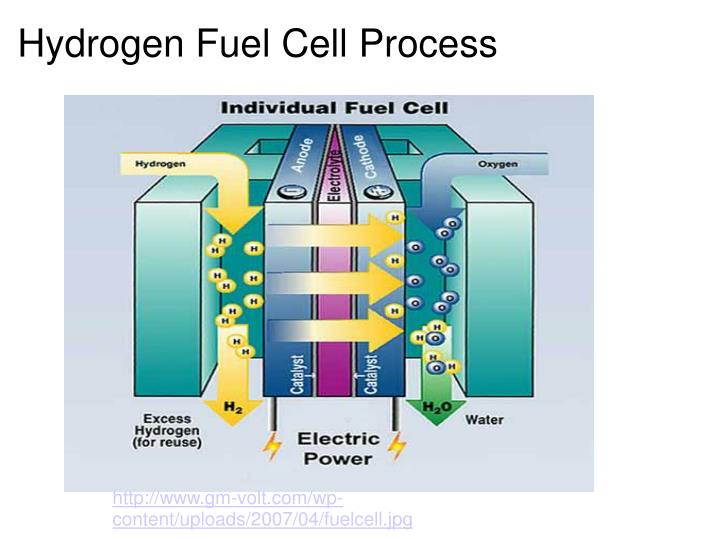
Then we need to build an enormous and complicated infrastructure to distribute hydrogen to fuel stations that also still need to be built. Then we need to find ways to store and distribute hydrogen safely and efficiently. First we need to find a way to produce hydrogen in an efficient and environmentally friendly way. It seems there’s still a long way to go before hydrogen fuel cell vehicles will replace the internal combustion engine, if ever. Why should we go through all these complicated and dangerous steps and invest billions of dollars in order to produce, store and distribute energy in the form of hydrogen and then use that hydrogen to produce electricity for a motor, when the technology of EVs is already in use and electricity can be taken from power outlets in every home and office around the world and be stored in simple car batteries? Who’s pushing hydrogen fuel cell vehicles? Experts consider the best and safest way to transport hydrogen is through an underground pipeline system, which not exactly a simple and cheap infrastructure to build. And the same problems that create barriers for storage arise in distribution, as it’s extremely dangerous and inefficient to distribute hydrogen by trucks driving to fuel stations. In order to find practical ways to store hydrogen, a lot of research still needs to be carried out, which will take at least another decade or two. That makes it a necessity to build an extensive network of hydrogen fuel stations.Īlso, hydrogen is an extremely explosive and dangerous gas (remember the Hindenburg?), which needs enormous and very strong tanks to be stored either as a gas or in liquid form. As a result, cars would need huge tanks with hydrogen or they’d have a very short range between fuel stops. The practical issues against hydrogen fuel cell carsīut the battery electric vehicle starts to take a clear advantage when storage and distribution is taken into account.Ī large amount of hydrogen is required to generate just a small amount of energy. As a result, a hydrogen car will not be environmentally friendly until the energy is generated from solar power or wind power, just like a battery electric vehicle. Also, it costs more energy than it will generate when reversed in the fuel cell ( six units of coal energy are needed to produce one unit of hydrogen energy). You’d think hydrogen would simply be made by splitting water (H 2O) into hydrogen (H 2) and oxygen (O), but this proves too inefficient, so about 95 percent comes from fossil fuels, mostly natural gas, a process which creates carbon monoxide and carbon dioxide and makes the first argument pointless. It doesn’t exist on our planet in a pure state, so it has to be extracted from compounds from which it doesn’t really want to be separated, taking a lot of energy.

However, it doesn’t exactly grow on trees either, and there are no underground “hydrogen pockets” that we can simply pump it out from. Sure, hydrogen is the most abundant element in the universe, and it’s only used as an energy carrier, so it doesn’t get used up in a fuel cell. Why shouldn’t hydrogen fuel cell vehicles be developed? This should show how savvy and involved with the environment they are, but what they are eager to forget (conceal) is that hydrogen is a backwards and utterly superfluous technology for cars. Of course, this will get populist and short-sighted politicians on the band wagon, using the promotion of hydrogen mobility and the promise of even more billions of subsidy into the further development of hydrogen cars.

Toyota revealed the FCV concept car and said costs of fuel cell vehicles have gone down from $1 million to $50.000-$100.000 in 10 years time.In the past weeks, hydrogen fuel cell cars have been in the media again:


 0 kommentar(er)
0 kommentar(er)
